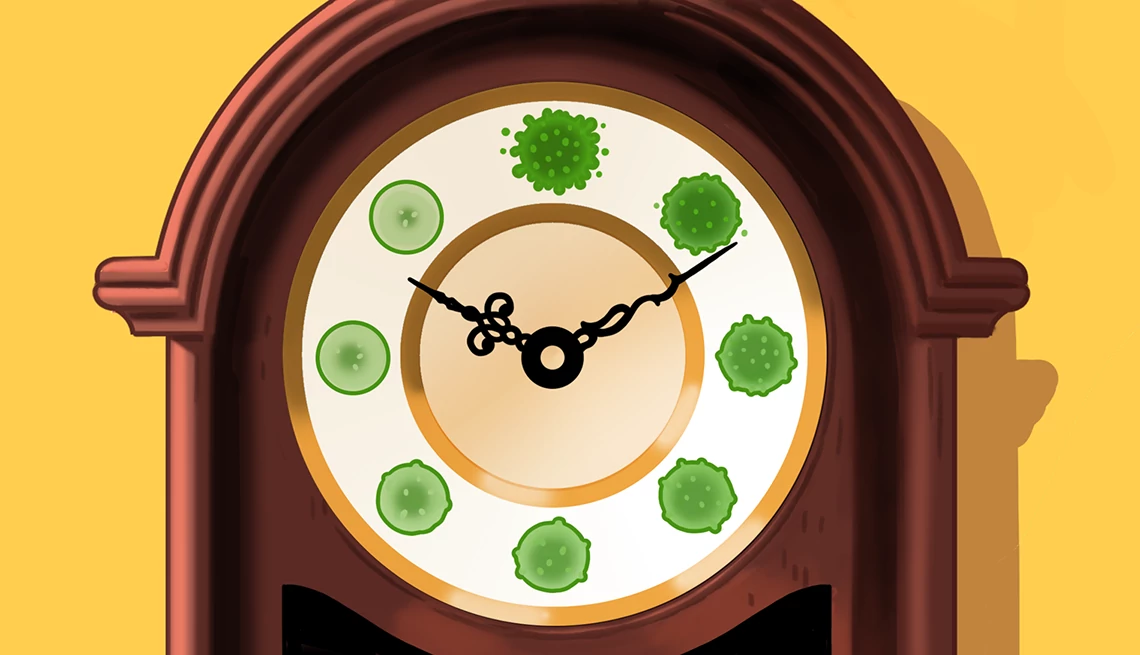AARP Hearing Center


American households that haven’t done so already this winter have a few more days to order four free at-home COVID-19 tests from the federal government.
The program, which has operated intermittently since 2022, will be suspended on March 8.
Each household can order four free tests on the website covidtests.gov or by calling 1-800-232-0233 (TTY 1-888-720-7489). If you skipped out on ordering a round of tests in the fall of 2023, you can place a double order for eight free tests.
Are Your Tests Expired?
Has it been a while since you tapped into your supply of COVID-19 tests? You’ll want to check their expiration dates.
You can find the expiration date printed on the outer box or package. Some of these dates, however, have been extended, and you can find the extended expiration dates listed on the Food and Drug Administration’s website.
The news comes at a time when COVID-19 trends are starting to decline after a winter surge, the latest data from the Centers for Disease Control and Prevention (CDC) shows. As of March 1, emergency department visits for COVID-19, flu and RSV are decreasing across the U.S. Still, more than 17,000 Americans are being hospitalized each week with COVID-19, federal data shows.
And while wastewater activity levels — which reflect infections — remain high, they are starting to trend downward, the CDC says.































































)
)















More on Coronavirus
Is It Time to Start Wearing a Mask Again?
Experts share advice as COVID-19 cases start to climbWhat You Need to Know About the Coronavirus
The latest news on COVID-19 and answers to frequently asked questions
Can You Get Your COVID Booster With Your Flu Shot?
What to know about getting both vaccines at once